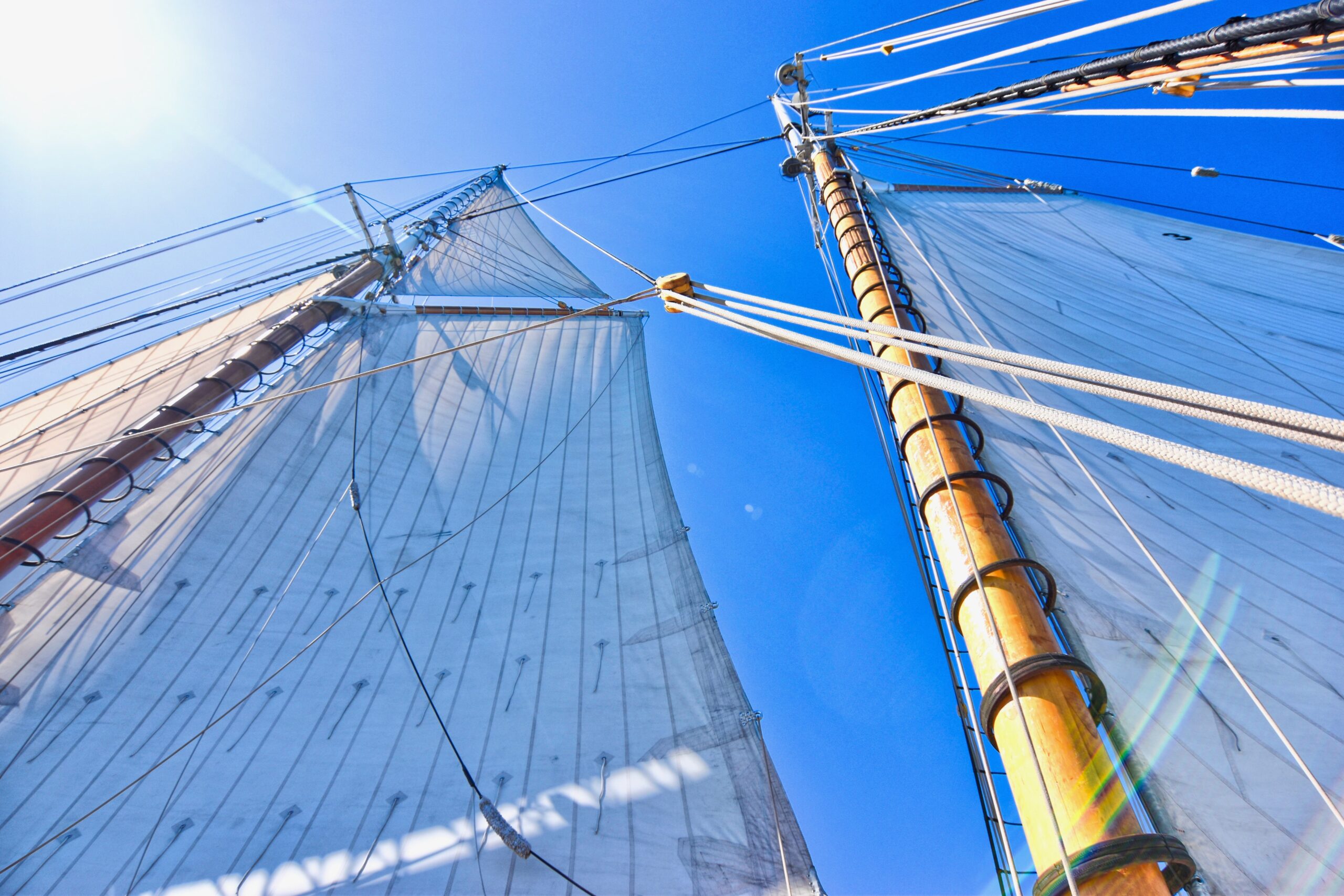Sailors Pass Times
While there may be times in the life of a sailor that are perilous and demand hours of hard work in miserable conditions equally there are hours when not on watch that are made interminable by boredom. Ship’s masters were vigilant in ensuring that this free time did not give way to talk of sedition and mutiny.
Games of chance and gambling offered a break from the rigors of shipboard life but there was always the danger of inflamed temper and disharmony among the crew over a bet gone bad.
Crews on American sailing ships of the 1800’s found delight in “sailor’s pleasure” which meant turning out of a sailor’s private treasures which were normally stored in his sea chest or ‘donkey’. Ideally, with the ear of a crewmate who was prepared to listen and comment kindly on the content of letters from home and lady friends as well as trinkets and souvenirs collected on past voyages. This guaranteed an hour or so of conversation and reminiscences of past times and glories.
For those with a more solitary mindset there was model making. Requiring only a sharp knife and some scrap materials it was possible to produce items that would readily find a place on the shelves of any museum. Alongside model making other items such as intricate picture frames were produced, the quality of the workmanship reflected in the hours, weeks and months of a long sea voyage.
While the object of much wonder the classic ship’s model in a bottle was only a relatively modern innovation in historical terms. The oldest surviving example dates back to 1784 and is a Turkish or Portuguese three masted warship. It survives in a German museum. Rotterdam Maritime Museum in the Netherlands also houses an early example dating from 1795. Other claims to early ships in bottles come from Venice and also date from the late 1700’s. It wasn’t until supplies of clear glass bottles for everyday use replaced earthenware and porcelain that the true skill of the miniature model maker could be seen and admired.
For some the repair of clothing was a welcome relief from duties. Sailors became adept with needle and thread and the skills acquired were sometimes transferred to more creative endeavours such as ‘thrumming’ canvas with brightly coloured cloth waste and threads to make a mat. This pastime had its roots in the very survival of the ship. Originally the term “thrumming” meant to sew old ropes onto the backing of an old canvass sail. If the ship were holed the sail could be dragged over the damaged hull, in an attempt to keep the sea on the outside where it belonged.
The sailors onboard early whaling vessels popularised scrimshaw as an artform. In a time before today’s bans on the sale and possession of animal ivory and parts from endangered species objects such as whale teeth and bones were a common by-product of an industry that provided many of the essentials and luxuries of everyday life.
Whalers did not work during the night hours and so had plenty of time to devote to producing intricate designs and artworks on whale bone and teeth. These were scratched into the material with sharp needles and other tools and then made to stand out by rubbing of ink or soot into the patterns left behind. Many of the works created are celebrated even today for the skill and attention to detail shown by the men who created them.
Common to crew on naval vessels and ground- based troops was ‘trench art’. This form of craft work became increasingly popular from the time of the First World War and continues still. Hobbyists took the leftovers from war such as shell casings, mess gear or what ever was available and used their spare time to create sculpture, models and everyday house- hold items. Ashtrays and vases were commonly produced crafts but also model aircraft and ships were made along with more prosaic and personal items.
And yes, there were some who preferred to read for entertainment and self- improvement, not to mention a basis for conversation and discussion over plot and author.
Here at the Ballina Naval and Maritime Museum we have a varied collection of items that represent the efforts and skills shown by those in pursuit of leisure and a break from the tedium of ship’s life including scrimshaw and trench art. Among the most delicate and skilful are some beautiful examples of needle work and embroidery that help remind sailors of home and loved ones as well as marking ceremonial and historical events. We look forward to sharing them with you when you visit.





